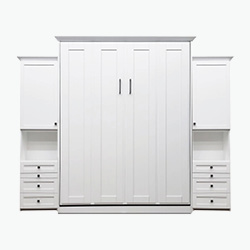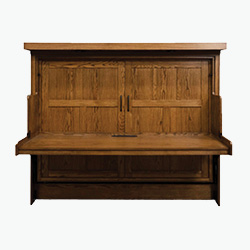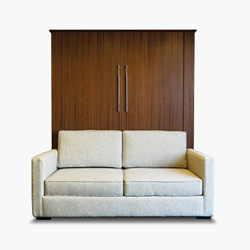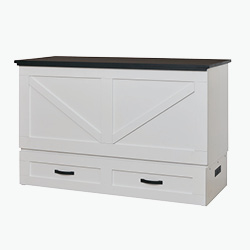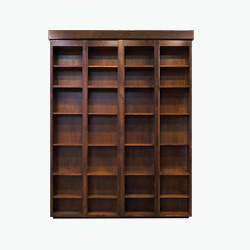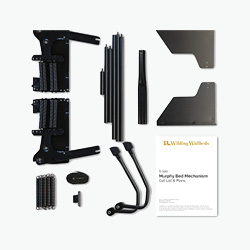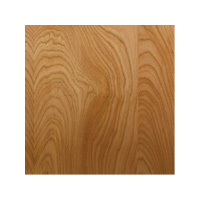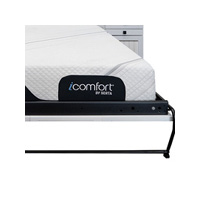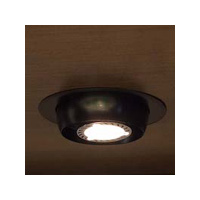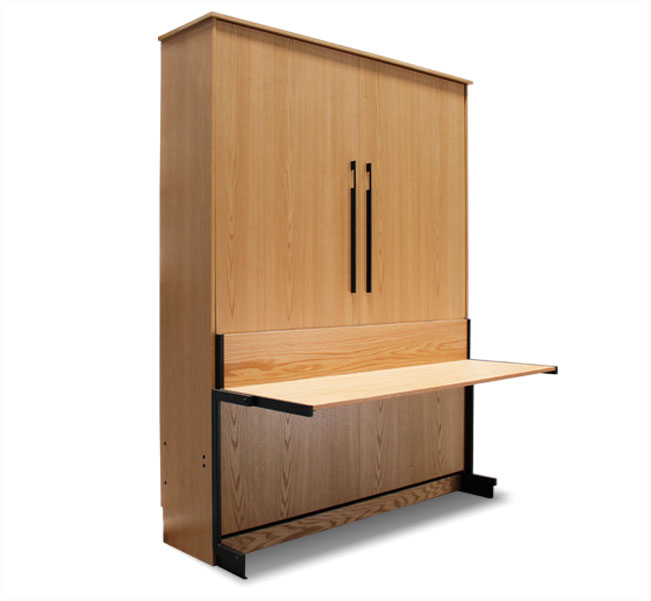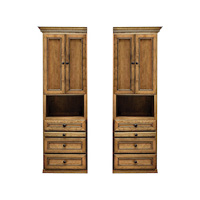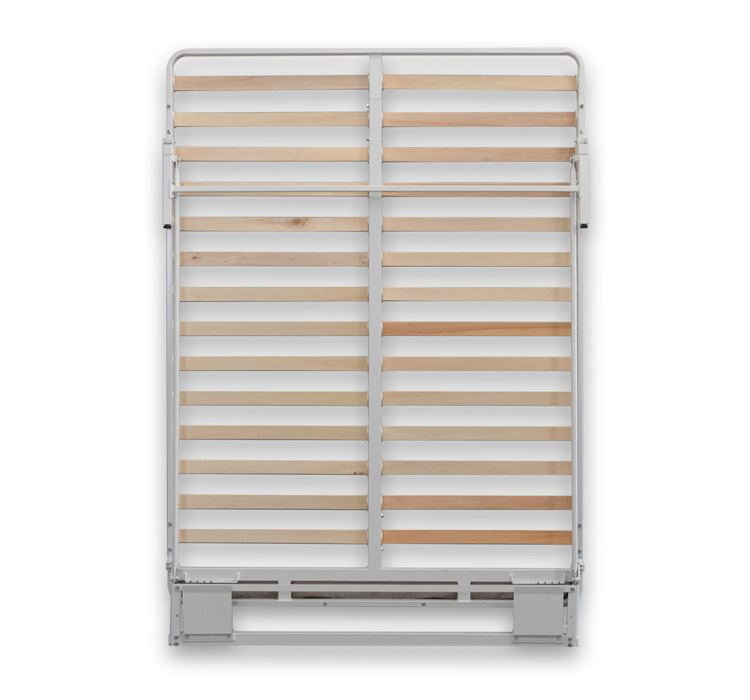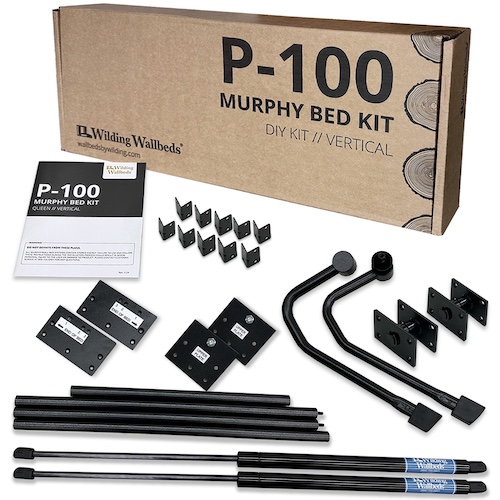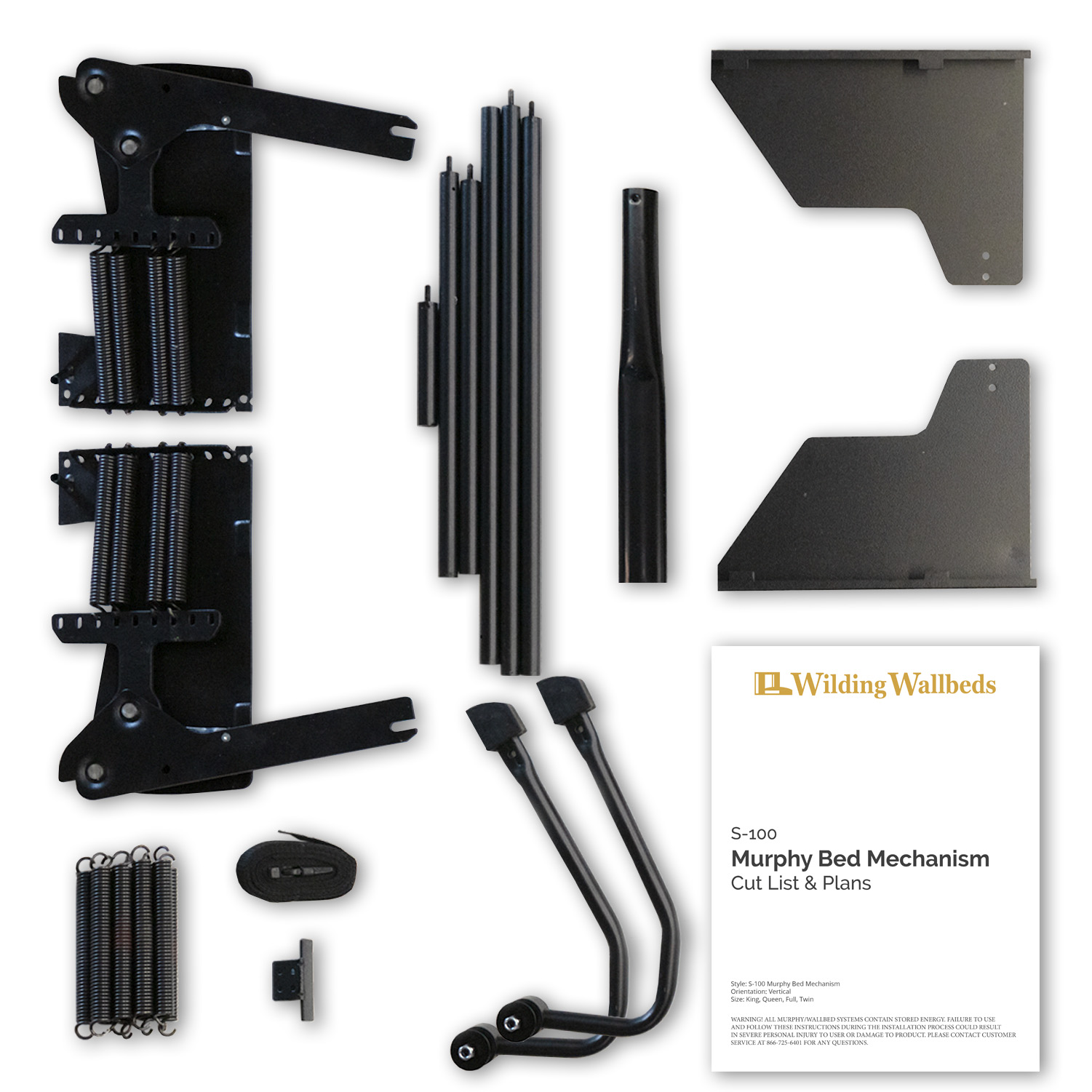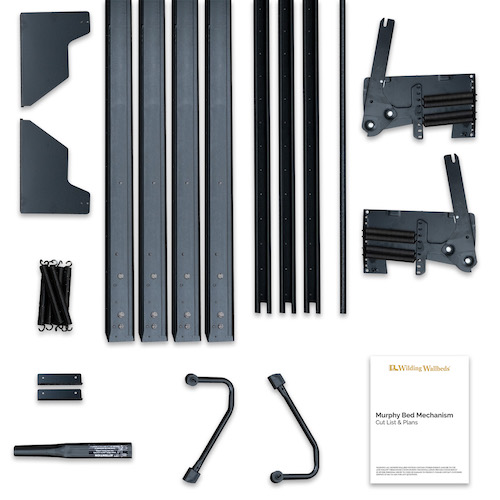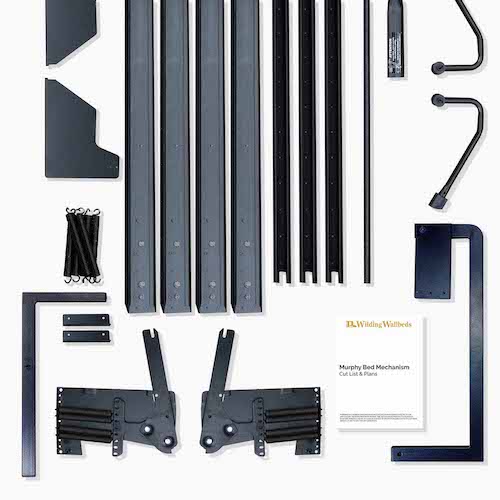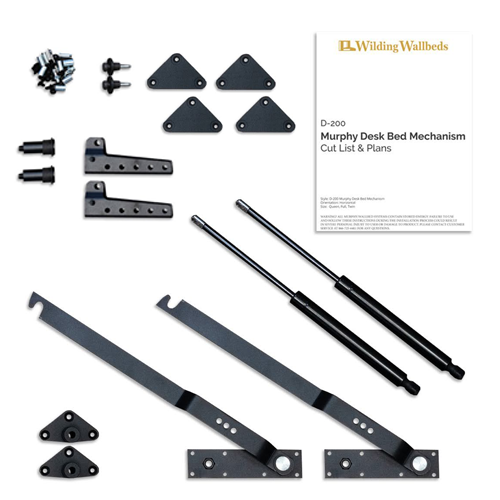
Choosing the Right Mattress for Your Murphy Bed
A Comprehensive Guide to Choosing the Perfect Mattress for Comfort, Support, and Longevity
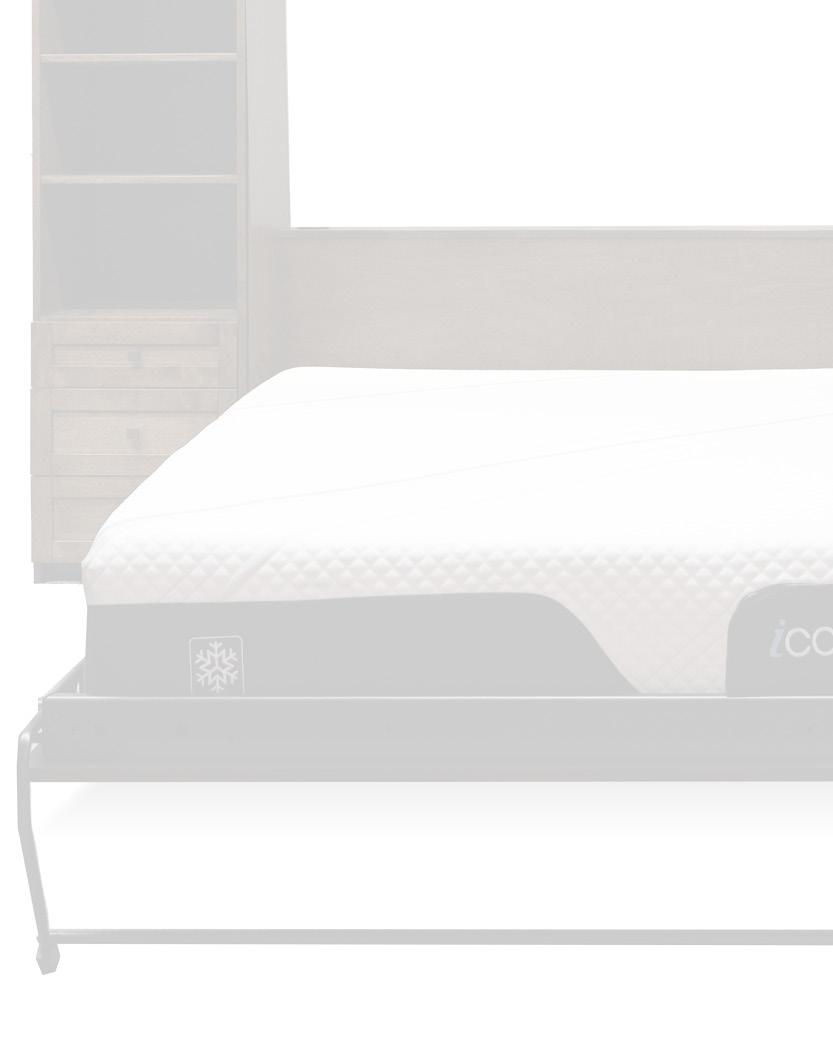
Choosing the Right Mattress for Your Murphy Bed
A Comprehensive Guide to Choosing the Perfect Mattress for Comfort, Support, and Longevity
The Takeaway:
Five major factors determine mattress quality:
- Foam Quality and Comfort
- Support System and Mattress Stability
- Fabric Quality
- Size and Thickness
- Durability and Lifespan
Selecting a mattress for a Murphy bed goes beyond just picking a comfortable option. Choosing the right mattress comes down to five key factors: foam, support, fabric, size, and durability. Nail these, and you’ll get a mattress that fits your budget, suits your bed, and gives you a great night’s sleep.
#1: Foam Quality and Comfort
The mattress foam is critical to its comfort and lifespan. To the untrained eye, it would appear that one foam is just like the next. However, foams vary a lot. Higher-quality foams are denser, more durable, and offer better support.
So how can you tell what’s good? Foam quality is measured in two main ways:
Density
Foam density measures how much actual foam is in a cubic foot. In general, the higher the density, the longer the foam will last. To measure density, testers weigh a cubic foot of foam. If it weighs 1.1 pounds, it’s classified as 1.1-density foam. A piece weighing 2.5 pounds becomes 2.5-density foam. Denser foams provide better durability and support, meaning the mattress will hold its shape and comfort for a longer time.
Conversely, low-quality foams may break down quickly, leading to sagging and discomfort. Some companies cheat the system by adding clay to the foam, making it heavier but far less durable.
Quick tip: Stick to a trusted brand like Serta. Serta uses
Indentation Load Deflection (ILD)
Indentation Load Deflection (ILD) measures how much weight it takes to compress one square foot of foam by one inch, which essentially determines the firmness of the foam. A higher ILD, like 30, means the foam is firmer, while a lower ILD, like 10, indicates a softer, more pressure-relieving foam.
Softer foams with a lower ILD are often preferred for better sleep because they reduce tossing and turning and improve circulation. The best foams combine a high-density rating with a low ILD to offer durability and comfort.
In some cases, manufacturers enhance foam with special additives, like phase-changing materials (PCMs), which help regulate temperature by keeping the surface cool. Foams with these additives can drive up the mattress price but provide a more comfortable sleeping experience.
#2: Support System and Mattress Stability
While foam composition affects comfort, the support system is crucial for the mattress’s stability and spine support. For optimal support and stability, consider these factors.
Foam Core
Mattresses with a foam core rely entirely on foam for support. These mattresses can be extremely durable and are often found in premium products like Tempur-Pedic and Serta IComfort. A high-quality foam core mattress offers great support, especially if you stick with reputable brands that use pure foam with no fillers.
Coil System
Coil systems use metal springs to provide support, and there are different types like pocketed coils, continuous coils, LFK coils, and Bonnell coils. The number of coils, or coil count, is important because it affects both the price and the level of support.
For example, children’s mattresses might have a lower coil count, like 312, since they’re designed for lighter weight. On the other hand, master bedroom mattresses typically have 500 to 700 or more coils, offering better support for two adults. Generally, more coils mean a higher price but also greater durability and back support.
Quick tip: If you’re shopping for a mattress for your master bedroom, your best bet would be a pocketed coil system with at least 700 coils. A mattress with an LFK coil system and around 500 coils would be a good option for a guest room. For a wall bed, Wilding Wallbeds Serta Perfect Sleeper is an excellent option.
Water Systems and Air Systems
Water and air mattresses take a different approach compared to standard options. While they can be comfortable, they don’t offer the same level of spinal support as foam or coil systems, and their durability can be limited. Water systems are typically more costly due to the added complexity of the setup, and air systems can behave like hammocks, allowing heavier body parts to sag.
Quick tip: A foam core or pocketed coil system is often the best choice for a Murphy bed mattress, offering comfort and lasting support.
#3: Fabric Quality
Fabric quality isn’t just about looks—it can impact how comfortable and breathable your mattress is and even how cool you stay at night. The outer fabric may seem minor, but it directly affects your mattress’s feel and durability.
Some mattresses feature special fabric treatments to wick away moisture or reduce heat retention, which can help if you get too warm at night. But remember, your sheets will cover the mattress fabric, so while the fabric might look nice, it doesn’t have much impact on the mattress’s durability.
What matters most when evaluating fabric quality is its durability and ability to work with the mattress’s internal components. Most high-quality mattresses will come with sturdy fabrics that help protect the mattress and maintain its structure over time, so prioritize function over appearance.
#4: Size and Thickness
When choosing a mattress for a Murphy bed, size and thickness are just as important as comfort. Murphy beds are designed to save space, so you must find a mattress that fits perfectly when the bed is folded up. A mattress that’s too thick may prevent the bed from closing properly, while a mattress that’s too thin could sacrifice comfort.
Most mattresses for Murphy beds range from 8 to 12 inches in thickness. Thicker mattresses are typically more comfortable but may not be practical if you need to close your Murphy bed easily. Likewise, the mattress size—whether full, queen, or twin—should match both the bed frame and the available space in your room.
A full-size mattress might be the best option for smaller rooms, while larger rooms can accommodate a queen- or king-size mattress for more space. Ultimately, finding the right balance between size and thickness will ensure your Murphy bed functions smoothly without compromising comfort.
#5: Durability and Lifespan
Durability is a key factor in the quality by which mattresses are classified, especially for Murphy beds. Since the mattress will spend much of its time stored vertically, selecting one that can handle this unique position without losing its shape or support is important.
High-density foam and well-constructed coil systems can withstand daily use and the vertical storage conditions of a Murphy bed. The fabric’s durability also contributes to the overall lifespan of the mattress, but the internal support system and foam composition are the primary factors.
When evaluating a mattress for a Murphy bed, consider how long you need it to last and the customization of the Wallbed you choose. Investing in a high-quality mattress with premium materials will ensure your mattress maintains its shape and comfort, even after years of use.
Murphy Bed Mattresses: The Final Consideration
One final point to keep in mind: most traditional mattresses aren’t designed to stand vertically, which is why selecting a mattress for a Murphy bed specifically made for this purpose is important. Many traditional mattresses come with warranties that may be voided if the mattress is used in a wall bed, so investing in a mattress made for a Murphy bed is critical.
For more insights, check out our guide on how to choose a mattress for your Murphy bed.
Ready to shop now? Take a look at our mattress selection here.
